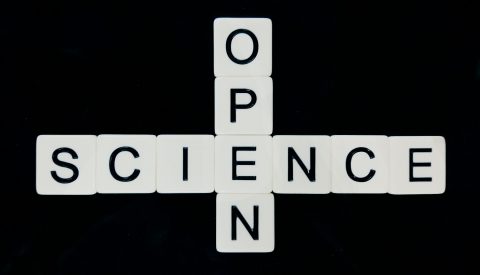One of the latest findings in neuroscience made headline news, as a protein therapy could slow down the human’s brain ageing process and in the future could potentially be used as a preventative against neurological disorders such as Alzheimer’s. In recognition of this work, we are highlighting the top 3 recommended articles in the area of tissue rejuvenation in this month’s blog post as well as the usual top 3 articles for the month and Hidden Jewels.
Today marks the second and final day of London Calling 2017, a conference dedicated to the latest Nanopore genetic-sequencing technology, such as the portable MinION, and is known for its excitement. Hollydawn Murray, shares the focus for this year’s conference and summarises the technical and software updates for Nanopore technology.
The Preclinlical Reproducibility and Robustness channel facilitates the open and transparent publication and discussion of confirmatory and non-confirmatory studies in biomedical research. Alongside our open data and method policies, this space was developed as part of our continued efforts to implement publishing practices which promote reproducibility. Leonard Freedman, President of GBSI, discusses the Reproducibility2020 initiative and offers some welcome optimism.
On World Malaria Day, Dr. Audrey Odom John and April’s Faculty Member of the Month shares her eureka moment that stimulated her interest in research and is now keen to harness parasite-specific processes to develop new ways to diagnose or treat malaria.
Better integration of adult learning theory could improve practical delivery of training and education in day-to-day surgical practice.
Several articles in the Preclinical Reproducibility and Robustness channel now include interactive reanalysis interfaces that enable others to reproduce analyses within the article itself, Thomas Ingraham outlines how these work.
Have a ten minute incubation period? Treat yourself to a short break and catch up with all that’s been happening in the world of Open Science!
Following the birth of the first three-parent baby last year, there seems to be some division between enthusiasm and concerns that still remain over the technique used to prevent a woman passing on a genetic disease to her baby. Diseases, such as Leigh syndrome, a severe neurological disorder, can be passed down through mutations in the mother’s mitochondrial DNA. In…
Food production has benefitted immensely from revolutions: the prehistoric agricultural revolution that kick-started it all; the new practices and machinery that accompanied the industrial revolution; and the green revolution of the late 20th century that saw the rapid expansion of newly designed crop varieties and agro-chemicals; all of which helped feed the world’s burgeoning populations.
Collaborations can be a vital means to tackle complex scientific problems and global challenges. Although there can be benefits for research, it might not always be the best approach to take. Liz Allen discusses how to recognise the value of collaborations and the importance of understanding when and how to forge, sustain and nurture them.

















